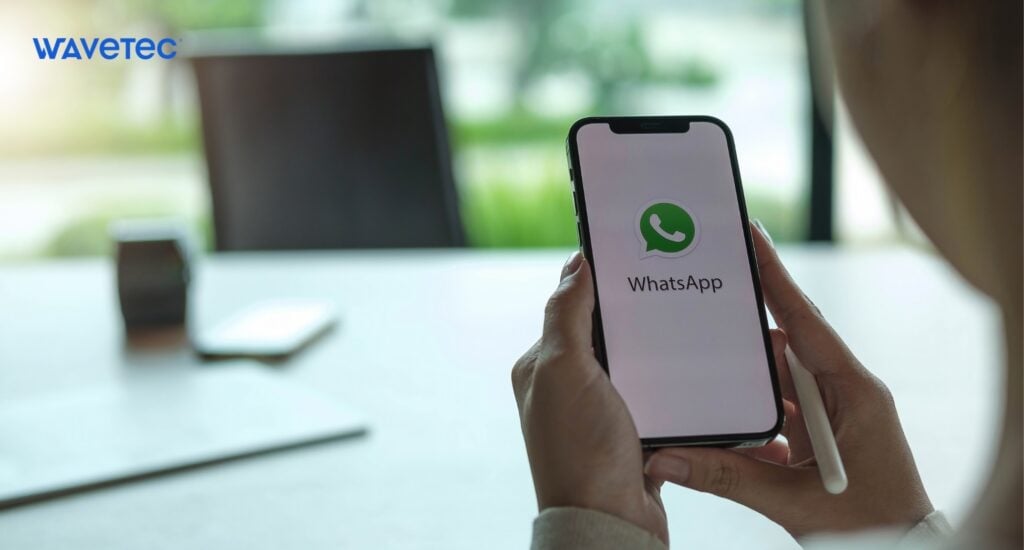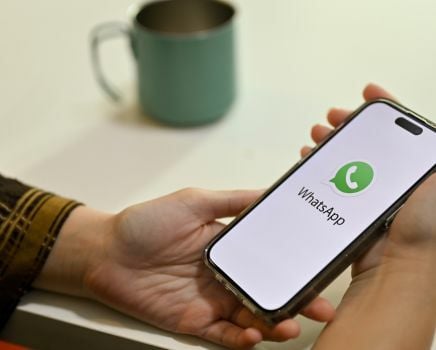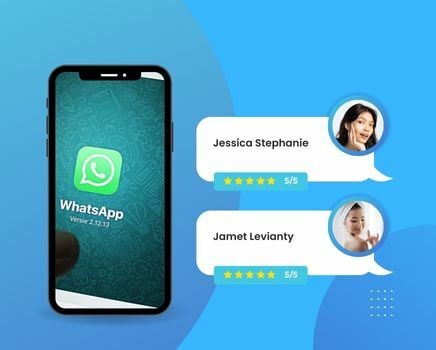Have you ever unsubscribed from WhatsApp marketing messages after overwhelming spam? What led to that decision?
Unwanted promotional content is a source of constant distractions and an invasion of privacy in a user’s life. Customers receiving unsolicited messages from businesses with promotional material will likely ignore them.
A recent survey from India concluded that over 95% of the users received at least one promotional spam message on WhatsApp. Keep the messages relevant to your customer’s interest and increase engagement.
Are you ready to strike a balance in WhatsApp marketing conversations?
This blog will teach you the following:
- Best techniques for avoiding spamming in WhatsApp marketing
- Consequences of Spamming on WhatsApp Marketing
Let’s get started!
Definition of Spamming in Whatsapp Marketing
Spamming in WhatsApp marketing is sending unsolicited and excessive messages to users, typically to promote products or services. Bombarding a recipient’s inboxes with irrelevant content results in frustration, annoyance, and a negative perception of your brand.
Sending promotional messages without an individual’s consent is also classified as spam. WhatsApp guidelines specify features that are flagged as spam messages. These include grammatical errors, tapping on a link or activating new features through a link, and asking for personal information, such as credit card, bank account numbers, or passwords.
Strategies for Avoiding Spamming in Whatsapp Marketing
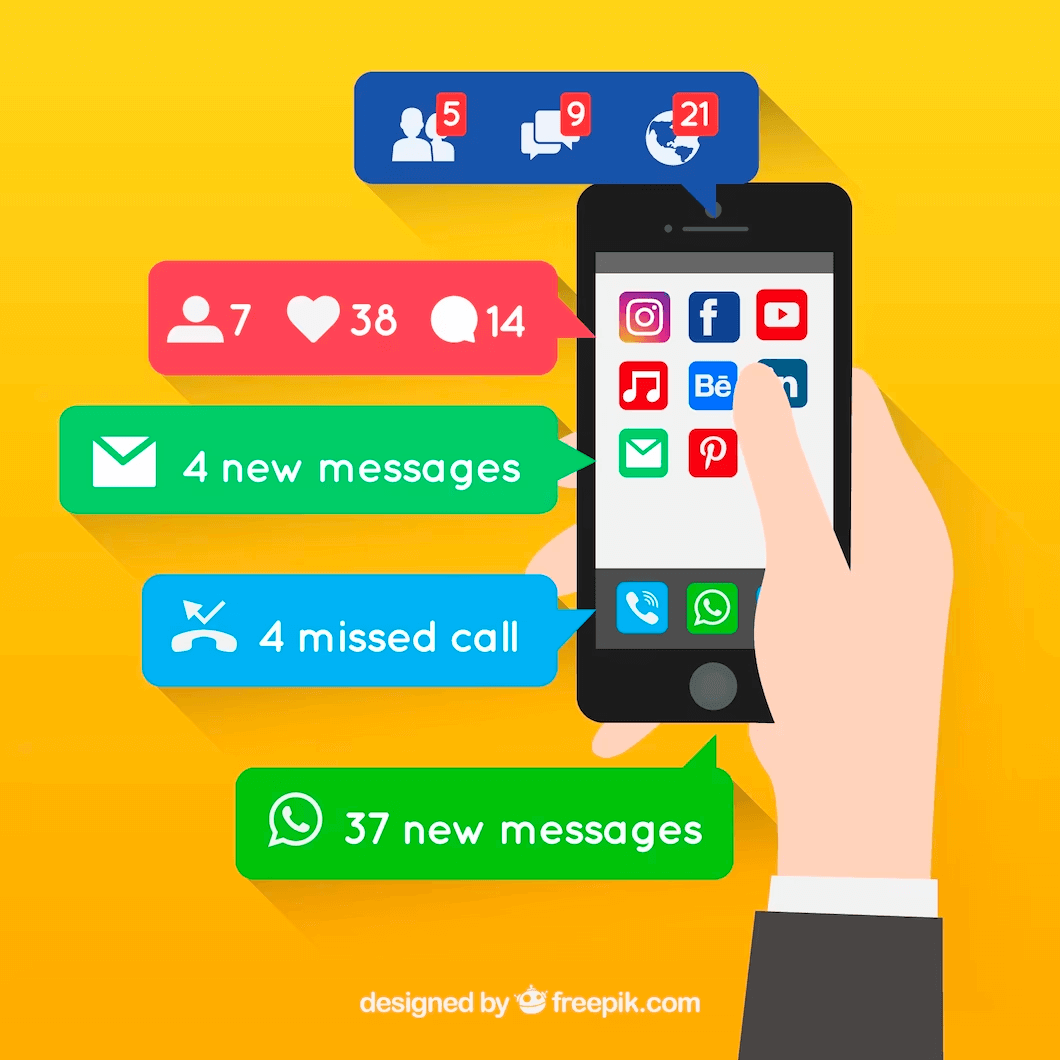
A positive user experience is based on respecting boundaries, valuing your customer’s time, and engaging with them meaningfully. While businesses see spamming as a way to increase their chances of making sales, it harms their reputation and drives potential customers away.
It results in legal consequences, as WhatsApp has strict policies against spamming and can take action against violating businesses. So how can you avoid spamming in WhatsApp marketing?
We discuss the top ten ways to help you increase your business’s reach to your customers. Let’s see what they are:
Obtain Permission from Recipients
Prioritize a permission-based communication channel with your customers. It is imperative that you clearly explain the privacy policy of your company and explain how customer data is protected and secured. This fosters trust between clients and companies and encourages them to sign up for messages.
Offer your customers a subscription-based communication pathway for receiving WhatsApp marketing messages. Tell your customers that a subscription offers benefits over conventional messaging. Customers only receive highlights, exclusive offers, helpful information, or timely updates that enriches their experience.
Implement an opt-in process where users actively choose to receive your messages. This can be done through a signup form, website widget, or a dedicated WhatsApp subscription channel.
This can be aided with a double opt-in process, where users confirm their subscription by responding or clicking a verification link. This ensures that you have a higher level of consent and reduces the likelihood of accidental subscriptions or misuse of contact information.
Respect users’ choices by providing an opt-out or un-subscription from your WhatsApp messages. Include opt-out information in every message to make the process simple and hassle-free.
Personalise Messages
Engaging in conversations that resonate with your customers determines their willingness to indulge in activities with your company. This is to build a family of loyal and returning customers.
The first step is adding a personal touch to the messages to make the conversation genuine instead of mass marketing. Address recipients using their names in your messages. Use merge fields and placeholders to insert the recipient’s name in the message automatically.
While saving customer contacts, ensure that you ask for their preferred product or service from your company. This allows you to adopt targeted messages that align with their interests and needs. If a user has shown interest in a particular product category, only send them relevant updates, offers, or recommendations related to that category.
Use Segmentation
Categorizing and segmenting your audience allows you to deal with smaller groups of individuals. Segmented lists can be based on and divided into different categories. These can be preferences, demographics, or previous interactions.
If you understand your audience better, you can base your marketing on age, location, interests, or purchase history. Consequently, individuals only receive messages about their interests, and irrelevant notifications are avoided.
Personalize messages by addressing the pain points from a customer’s journey. Tailor the content, offers, and language to resonate with the targeted segment, making them feel valued and engaged. This approach increases the likelihood of positive reviews and responses from customers.
Limit Message Frequency
It is essential to set clear expectations regarding message frequency. Communicate the limit information transparently during the opt-in process or in the initial welcome message to manage user preferences and prevent being perceived as spam.
To assess customer satisfaction with the messaging frequency, monitor user responses and engagement metrics. Look for decreased open rates, increased opt-outs, or negative feedback as an indication to adjust the frequency accordingly.
Offering frequency options empowers users to customize the messages they receive based on their preferences. Different subscription levels, such as daily, weekly, or monthly updates, allow for a tailored experience that enhances engagement and satisfaction.
Lastly, focus on delivering value and relevance in every message. Sharing useful information, exclusive offers, or personalized recommendations that align with subscribers’ interests builds trust and maintains engagement without excessive messaging.
Optimize Timing
A disadvantage of WhatsApp conversations is businesses reaching out irrespective of the time. Consider your recipients’ time zones when scheduling your WhatsApp messages. Professional behavior is sending messages during work hours in the recipient’s time zone.
This increases the chances of engagement and reduces the likelihood of being perceived as an intrusive marketer. Segmenting your audience can be based on geographical location to send messages at appropriate times. Avoid sending WhatsApp messages late at night or early in the morning.
Being considerate and respectful of recipients’ personal life gives a positive outlook on the brand. Be mindful of holidays, weekends, and cultural observances that may affect the timing of your message, and avoid asking individuals for feedback on important days.
Provide Value in Messages
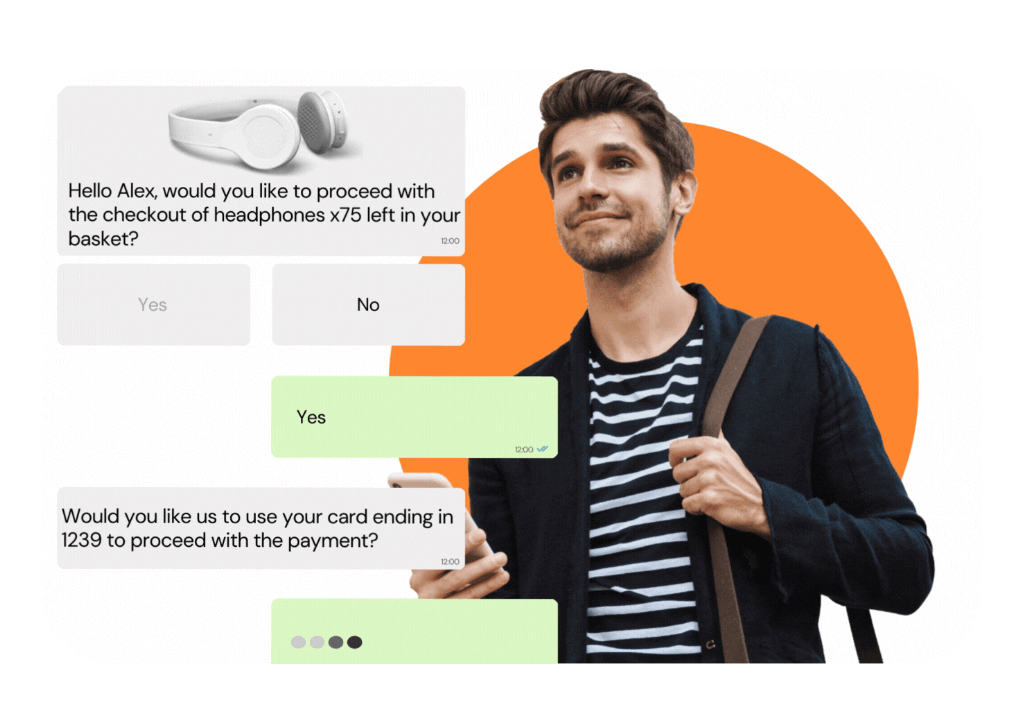
Don’t we all receive generic sales pitches and advertisements on WhatsApp and delete them before reading?
The best way out is by providing exclusive discounts or promotions tailored to customers’ interests and needs. This adds value to your messages, encourages engagement, and delivers interactive messages to your audience. Value your customers by asking for feedback and conducting surveys.
Interact with your customers by sending them tips, guides, industry insights, or new product recommendations. Your customers would appreciate nothing more than a message of early-bird access to a sale or an exclusive promo code.
Finding the right balance between staying in touch and avoiding message overload is vital. Similarly, honor opt-out requests promptly and ensure users have a seamless unsubscribing experience.
Use WhatsApp Business Tools
WhatsApp Business has an automated response feature that predefined responses for frequently asked questions. This is an efficient way of providing quick and accurate information to users without overwhelming them with manual answers.
WhatsApp Business requires businesses to set message templates that are pre-approved by WhatsApp. It saves manual labor charges as staff can focus on other tasks. Companies can use the templates for order confirmations, shipping updates, appointment reminders, and payments.
Avoid third-party providers sending out bulk messages
Third-party apps claim to make marketing easier for you but require high investments., and can tarnish your brand’s image. We encourage you to adopt a direct communication pathway with your customers to reduce the risk of spamming.
Create your opt-in subscriber database by engaging directly with your target audience and maintaining transparency. With an understanding of the consumer persona and the brand’s KPIs, you can respectfully gauge trust by letting them manage their subscription settings.
Utilize Feedback Surveys to Foster More Relevant Conversations
Reviews from customers on WhatsApp marketing give an idea of the store’s standing and foster genuine concern from users. Use interactive WhatsApp messages to get an insight into what your customer thinks.
Regularly review and analyze the metrics from WhatsApp business if you wish to see continuous improvement. Listen to them, solve their problems, and show that you care about your customers more than sending spam messages.
Use Interactive Content
Interactive content that prompts users to act after a WhatsApp marketing conversation is deemed profitable. Besides giving them two-way options to purchase or vote, carry out feedback with data-driven customer tools with feedback loops.
Consequences of Spamming in Whatsapp Marketing
Negative Impact on Brand Reputation
When engaging in WhatsApp marketing, your intent might be to increase engagement with customers and improve the reach of your product or service. However, this undoes the effort put in to build a brand image.
Building trust with your customer base takes time, effort and requires investment. Spamming decreases the credibility between a brand and its clientele. When recipients receive repeated irrelevant messages, it creates a negative perception of the brand.
In this fast-paced world of the internet, recipients share negative experiences on social media instantly. This amplifies the negative impact and reaches a broader audience, attracting public criticism. Bad publicity gives way to boycotts and negative reviews if spamming violates WhatsApp’s policies.
Legal Implications
As per WhatsApp’s Business policy, contact individuals who have not given their mobile phone numbers or agreed to be contacted by you over WhatsApp will face legal consequences.
The General Data Protection Regulation (GDPR) in the European Union and the CAN-SPAM Act in the United States require businesses to obtain consent before sending marketing messages.
Regulatory bodies take a strict stance against spamming practices. Businesses are legible to significant fines and penalties if found guilty of spamming in WhatsApp marketing. These fines can vary depending on the jurisdiction and the severity of the violation.
Unsolicited messages breach an individual’s right to the protection of personal information. Thus, individuals who receive unsolicited messages have the right to file legal action against the businesses involved, potentially leading to suing and financial repercussions.
Loss of Customers
Recipients overwhelmed by excessive promotional messages feel a loss of trust and a diminished willingness to engage with the brand in the future. They will put forward a request to unsubscribe from your WhatsApp marketing list. This leads to a loss of subscribers and potential customers.
High unsubscribe rates negatively impact the brand’s image and reputation within the WhatsApp community. Like negative marketing on social media, word-of-mouth public criticism about your business results in account restrictions or penalties.
Consequently, you don’t just lose existing customers but also hinder your ability to acquire new customers. This decreases the likelihood of potential referrals from customers who have had a negative encounter with your spam messages.
Frequently Asked Questions
What Is Permission-Based Marketing in Whatsapp?
Permission-based marketing allows the intended audience to opt in and out to receive promotional messages. It is of two types, expressed and implied permission.
How Can I Limit Message Frequency in Whatsapp Marketing?
Access the WhatsApp Business Manager and follow this to limit the message frequency. Business Settings → Overview Dashboard → WhatsApp Accounts → Settings → WhatsApp Manager → Phone Numbers → Messaging Limit.
What Is Interactive Content in Whatsapp Marketing?
WhatsApp interactive marketing gives users the option to choose from the given interactive buttons. These can be list messages, single-product messages, multi-product messages, and reply buttons.
Final Words
Do you wish to avoid spamming in WhatsApp marketing?
We explore the key solutions and a more thoughtful approach that engages your audience. Create meaningful connections with your recipients by obtaining consent to participate, using interactive content, encouraging replies and feedback, and leveraging polls and surveys.
Remember, it’s all about building trust. What are you waiting for?
Embrace these strategies, and watch your brand flourish while leaving spamming behind!
BOOK A FREE DEMO
